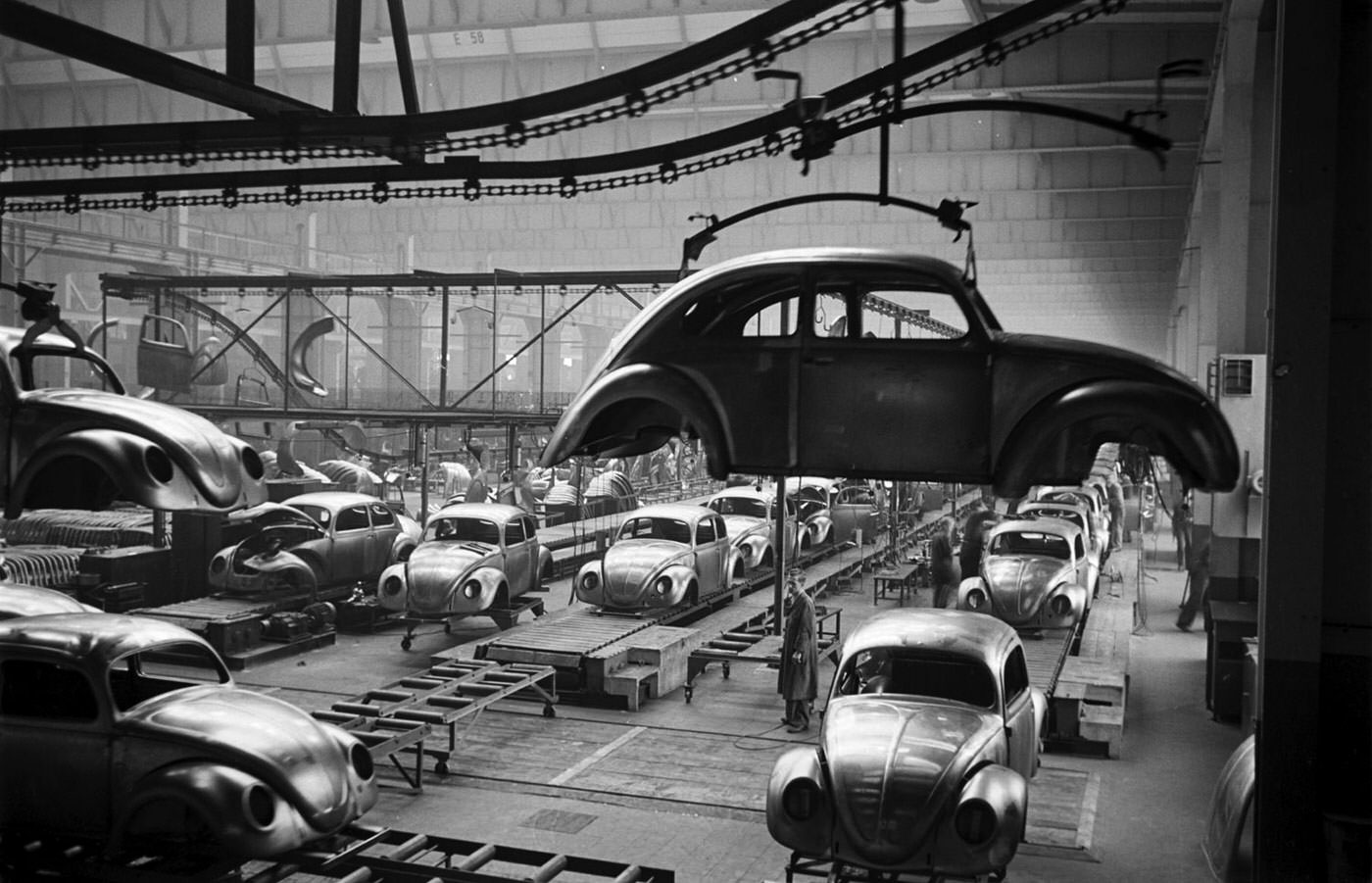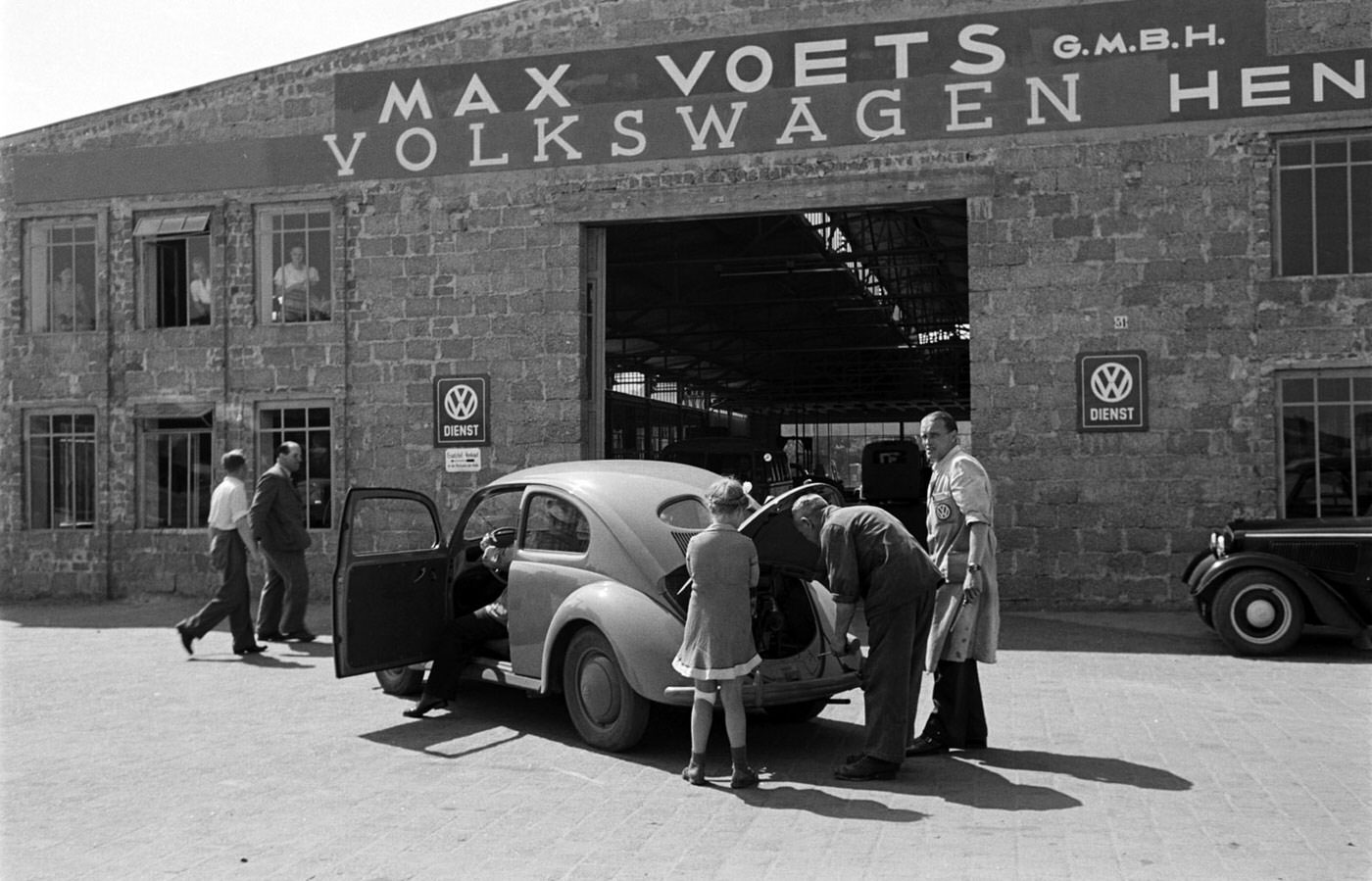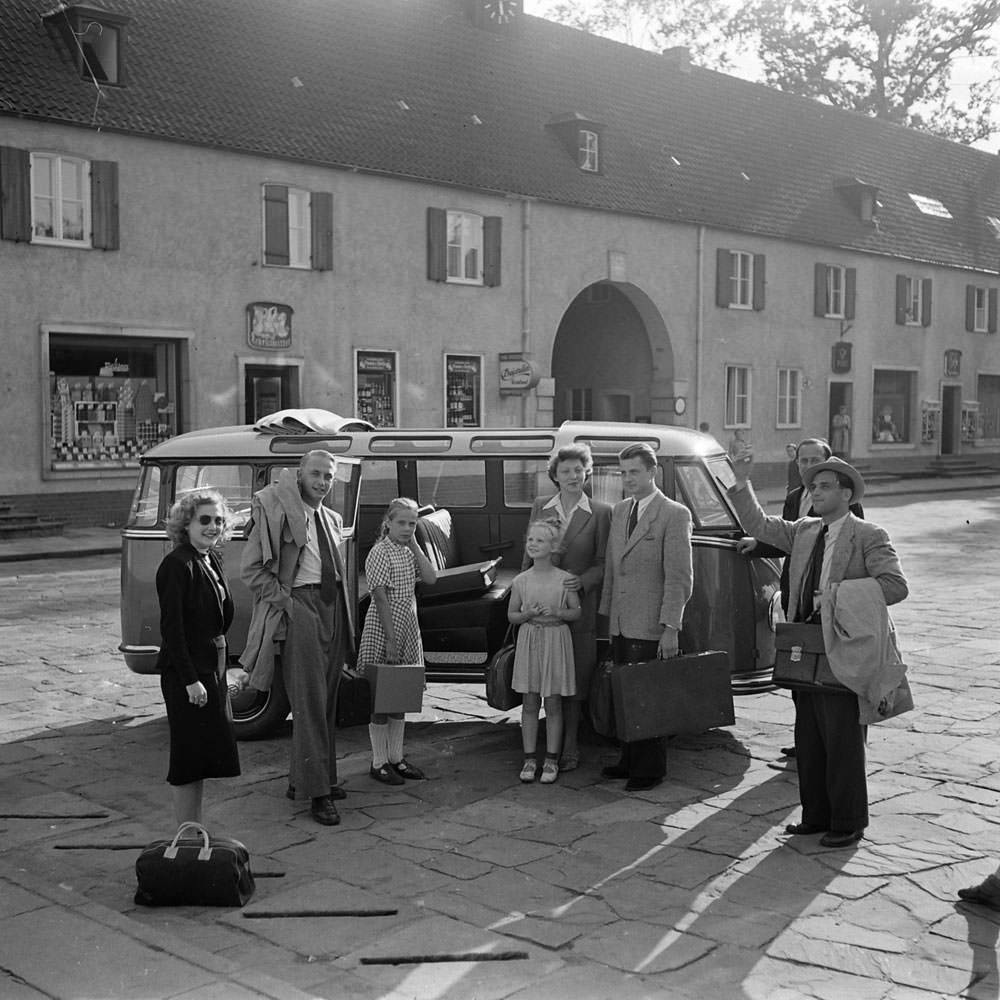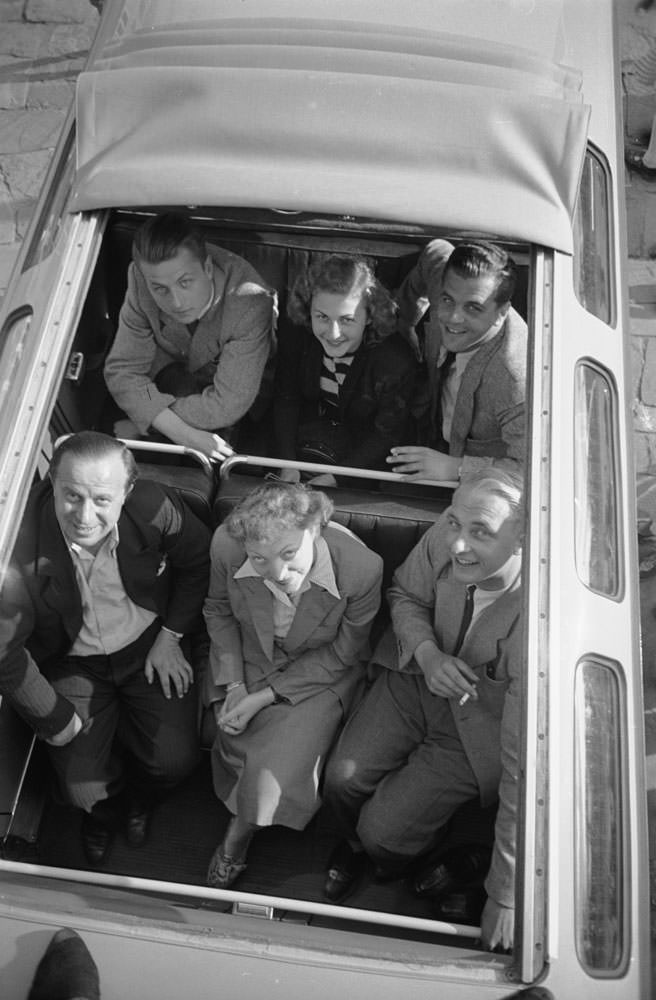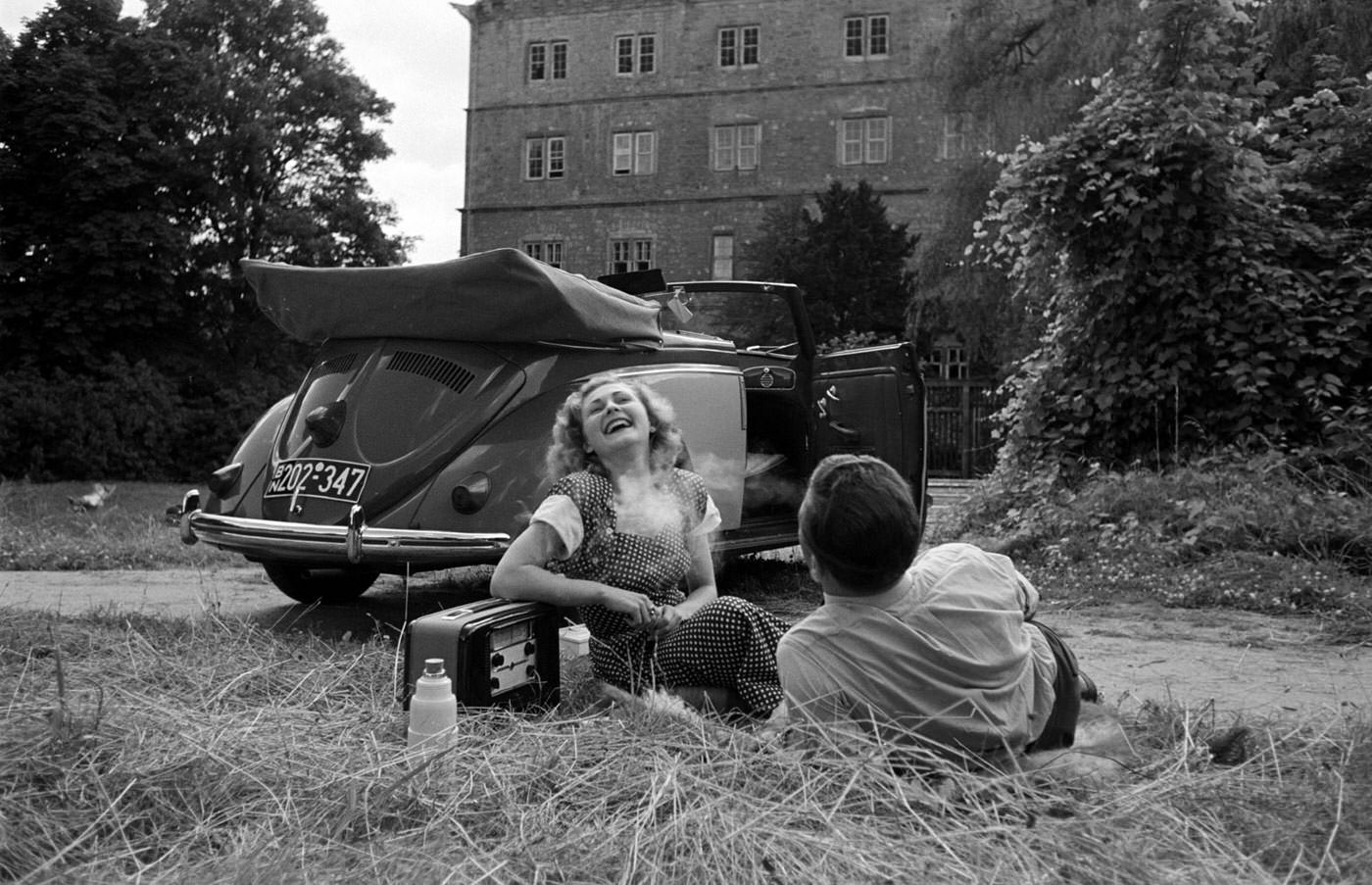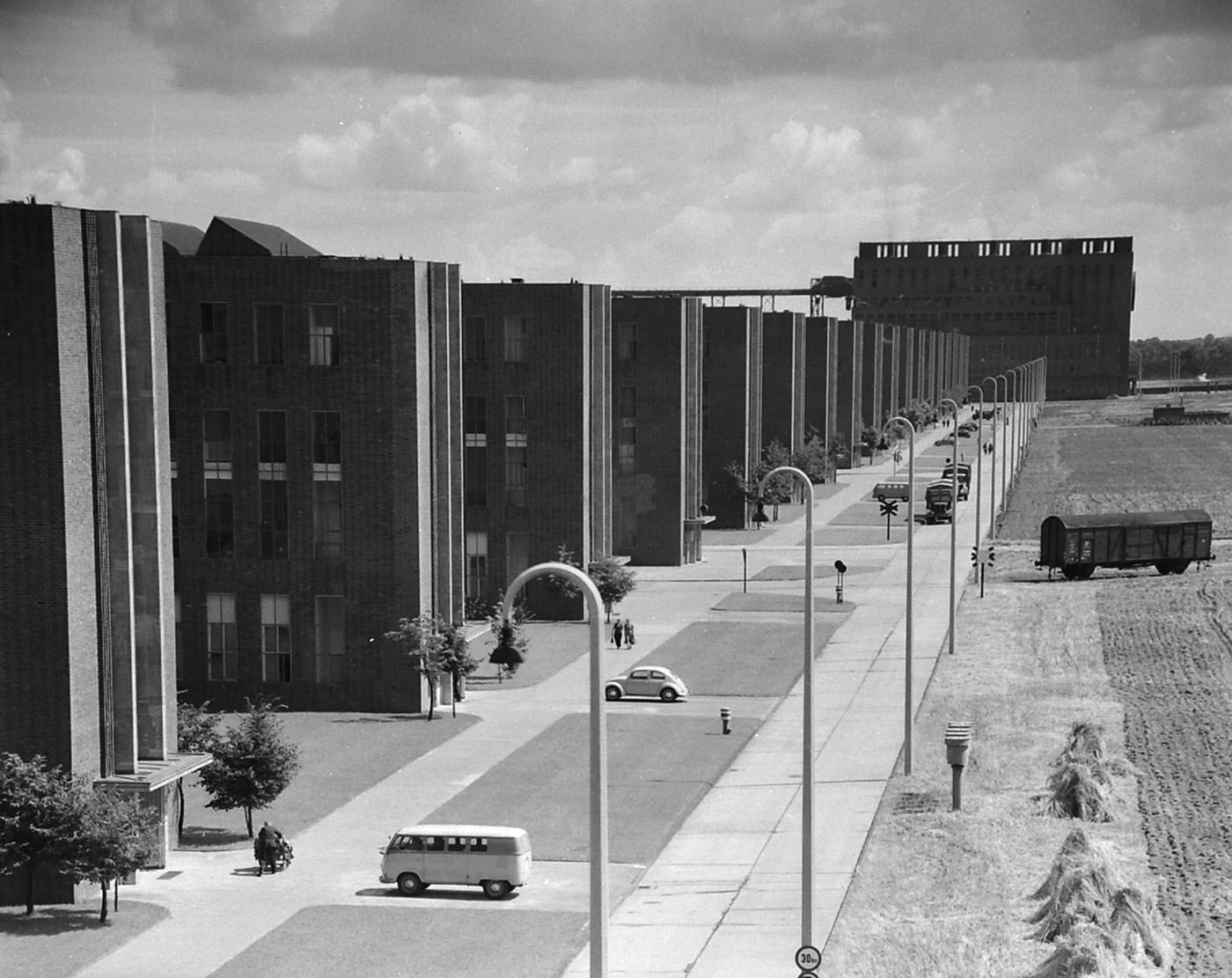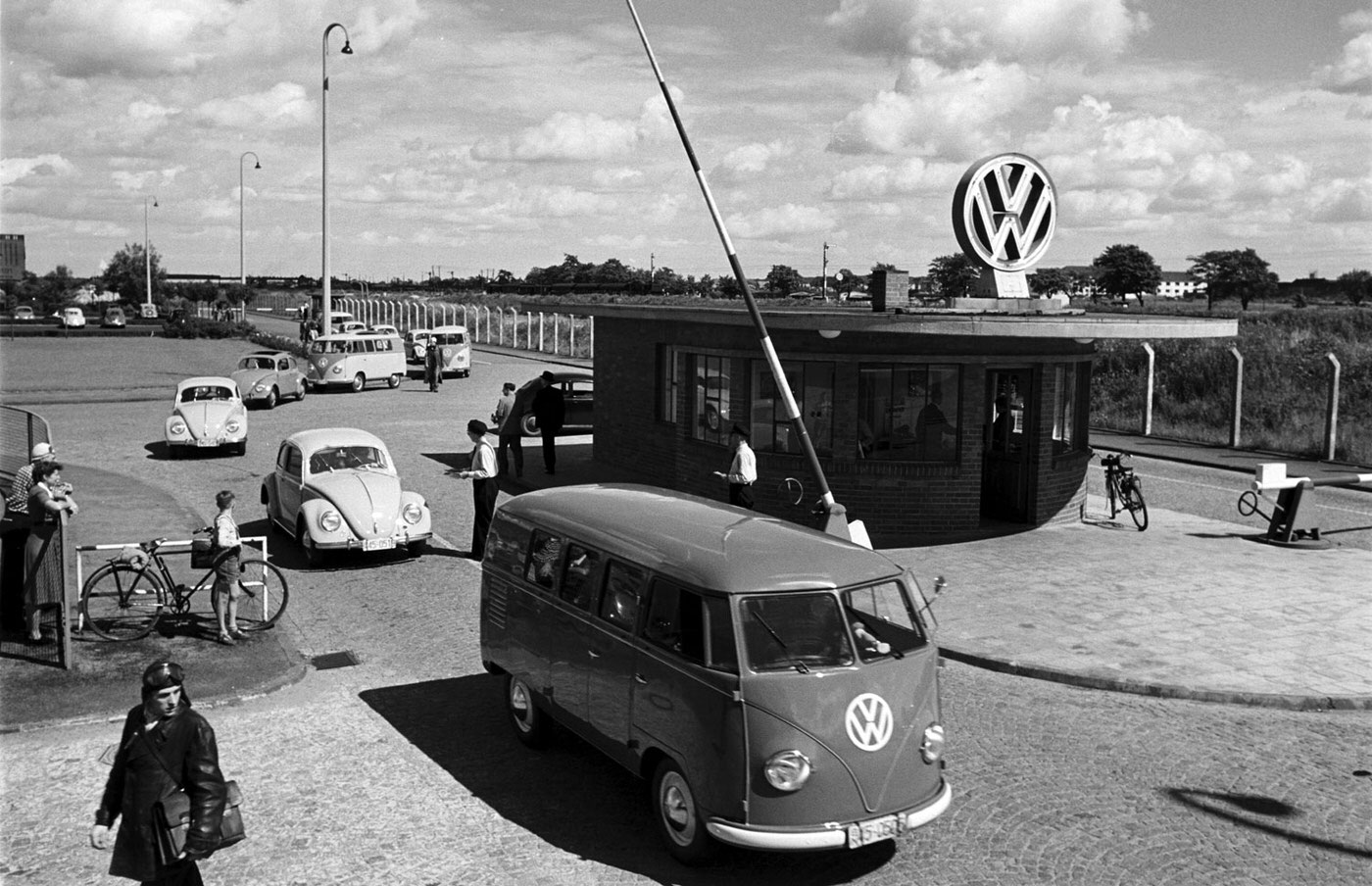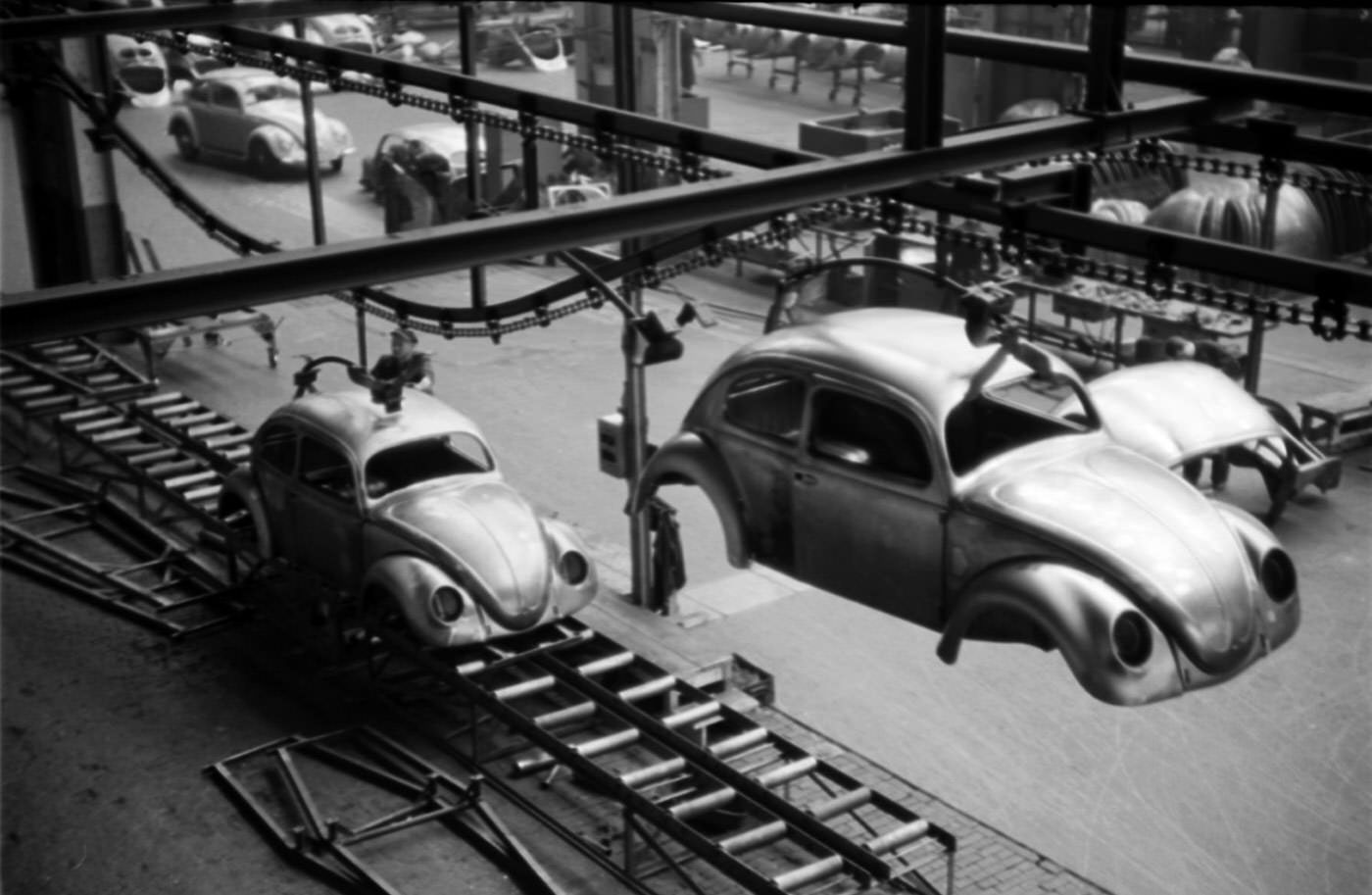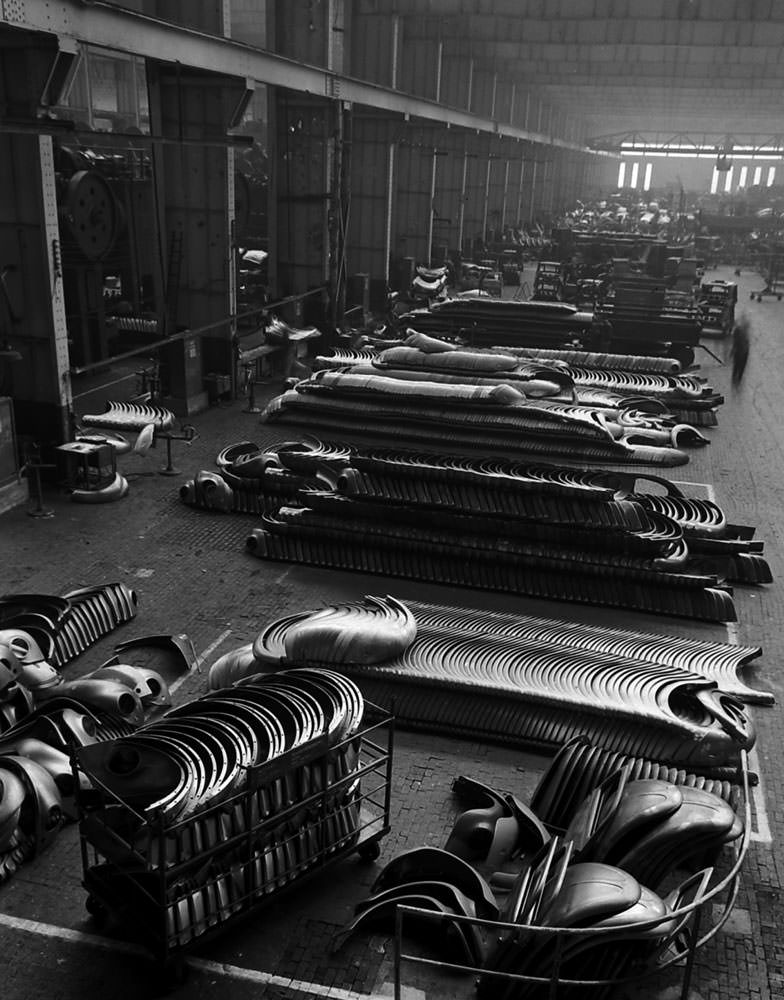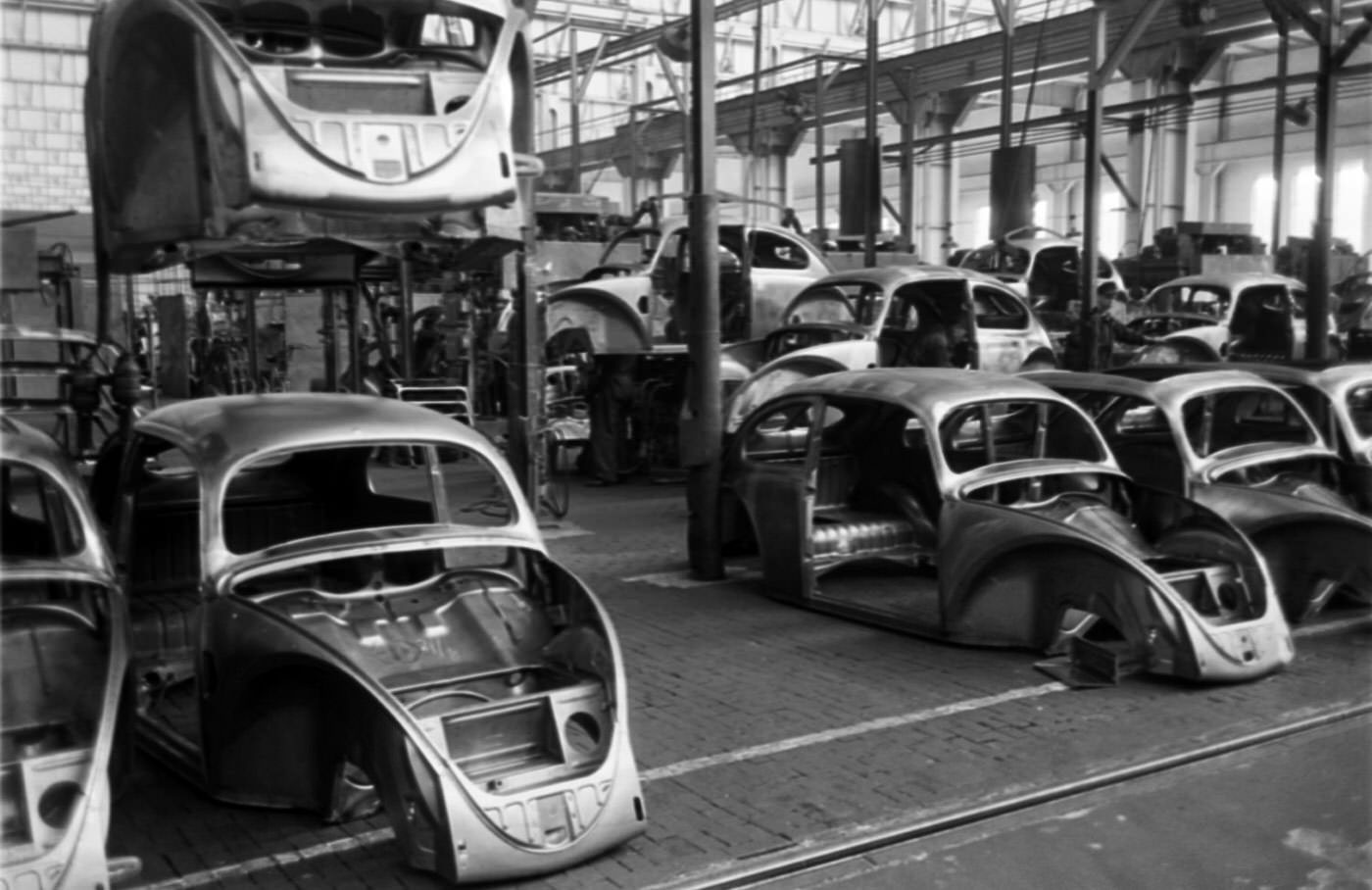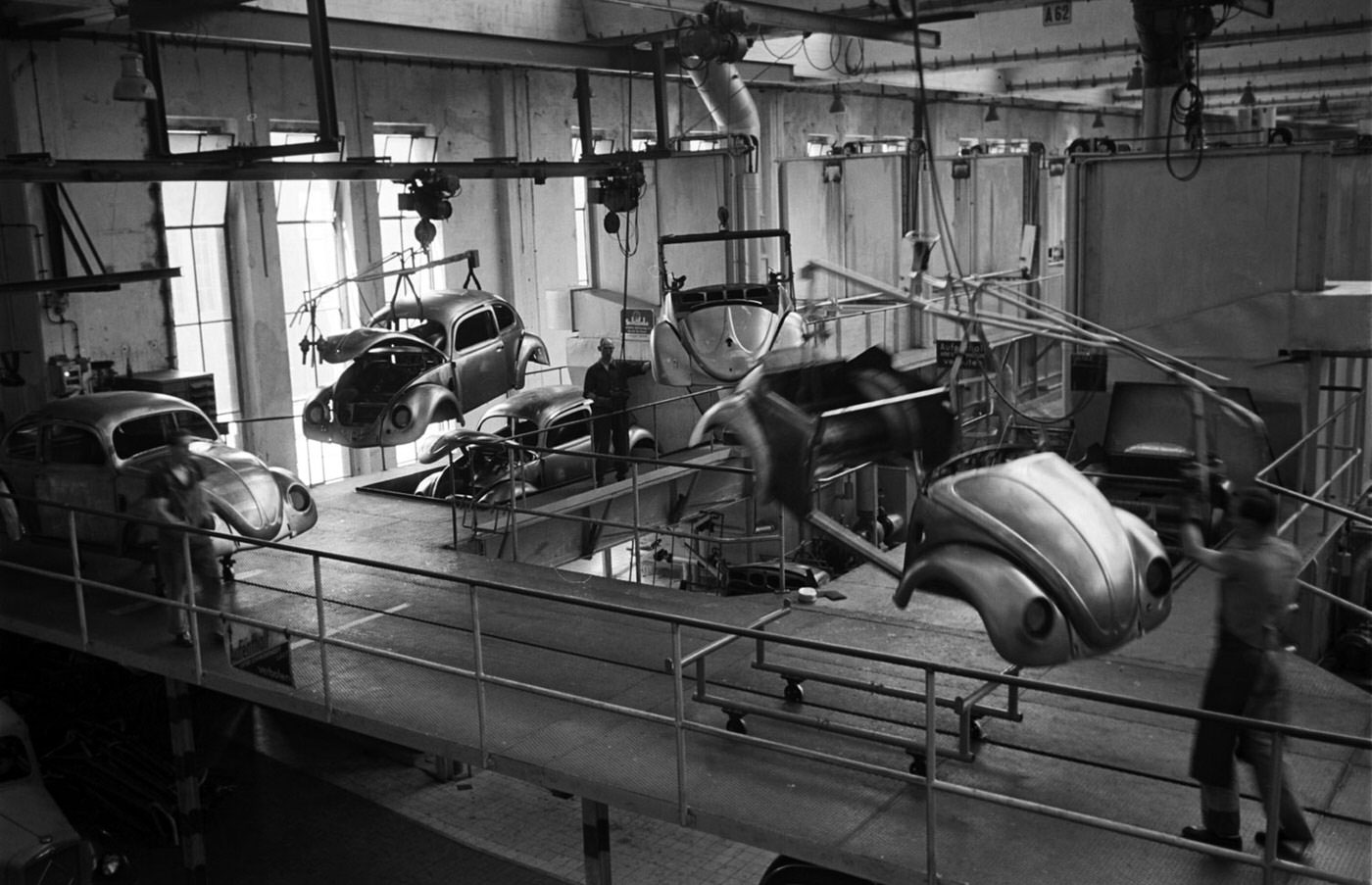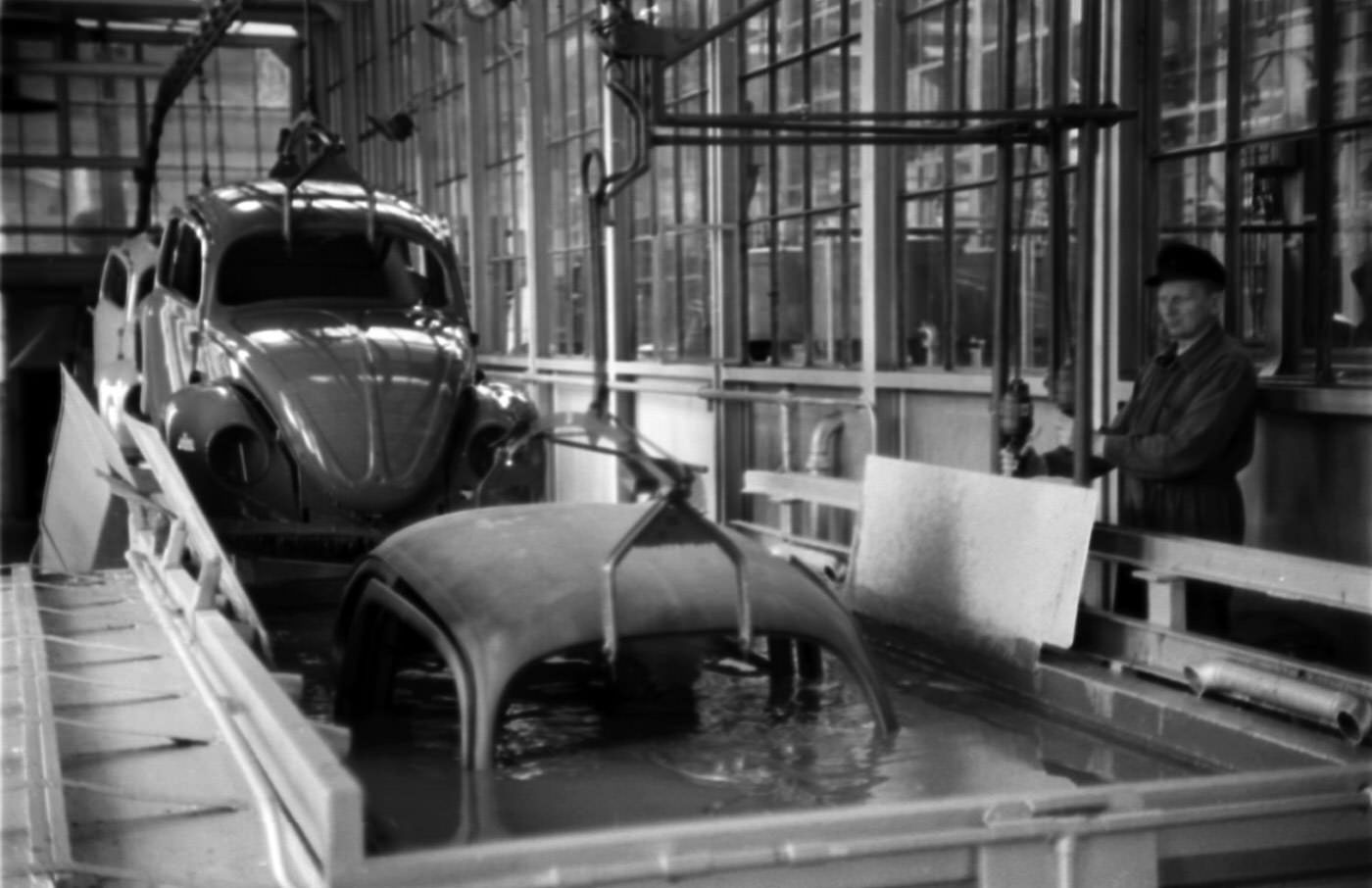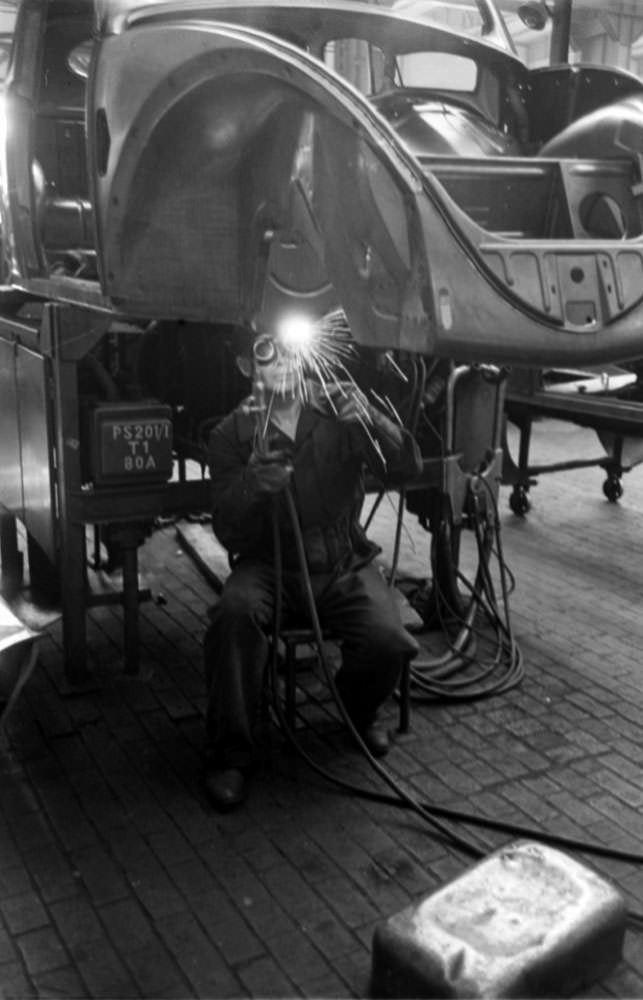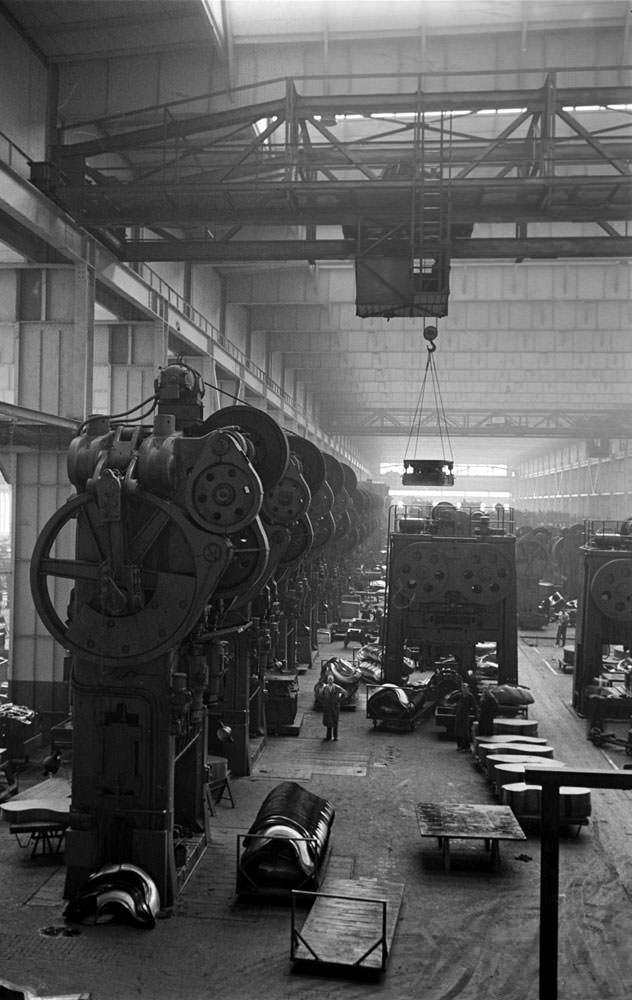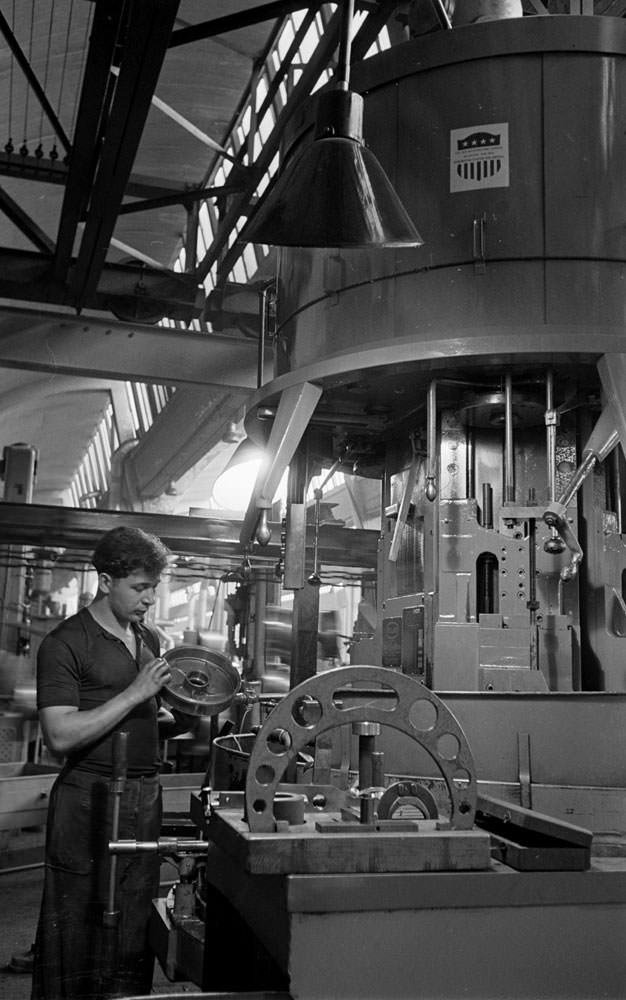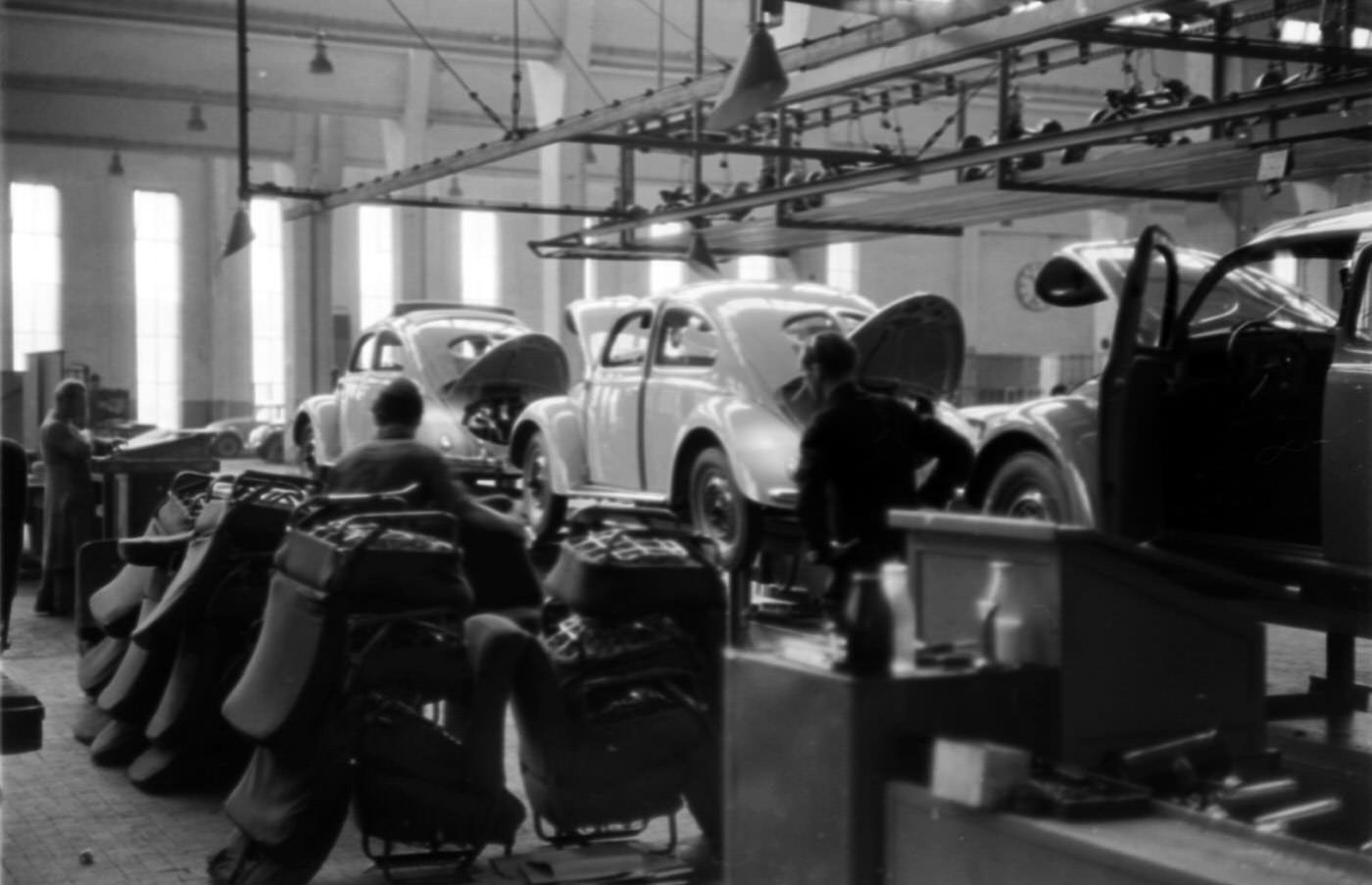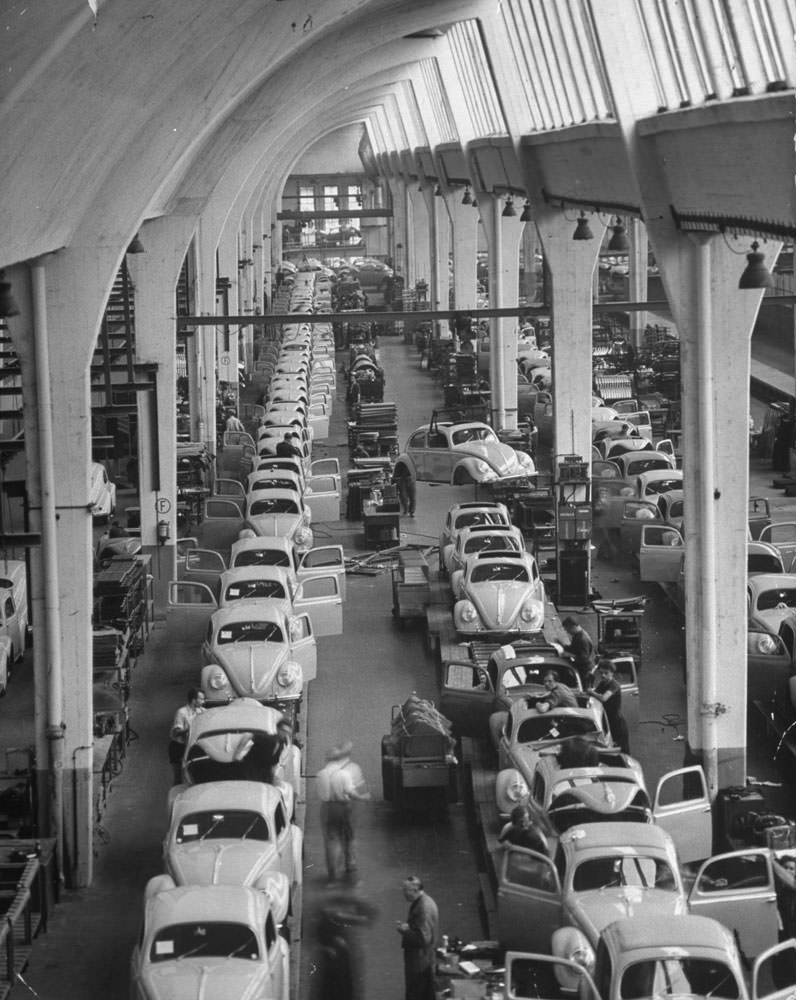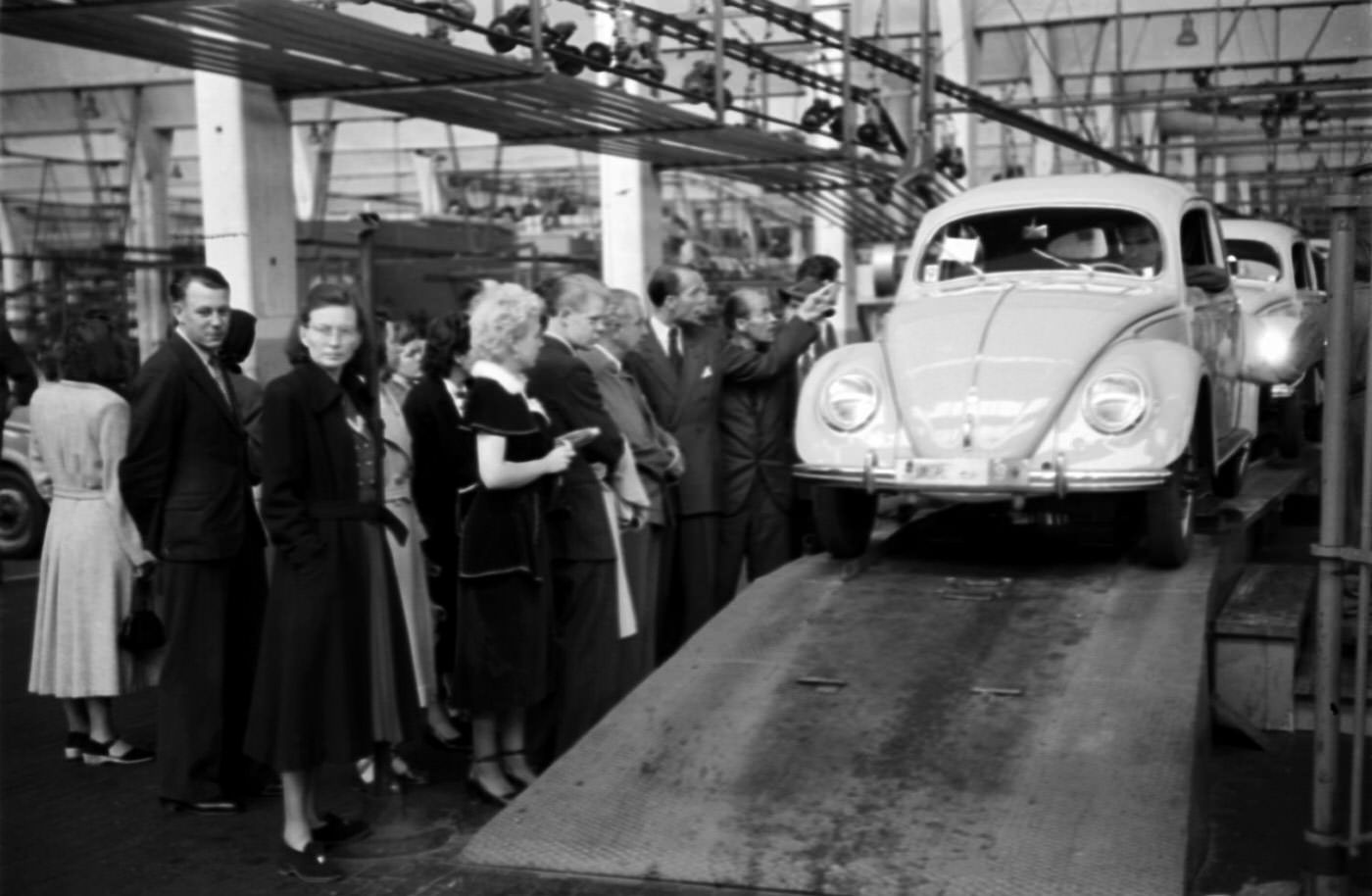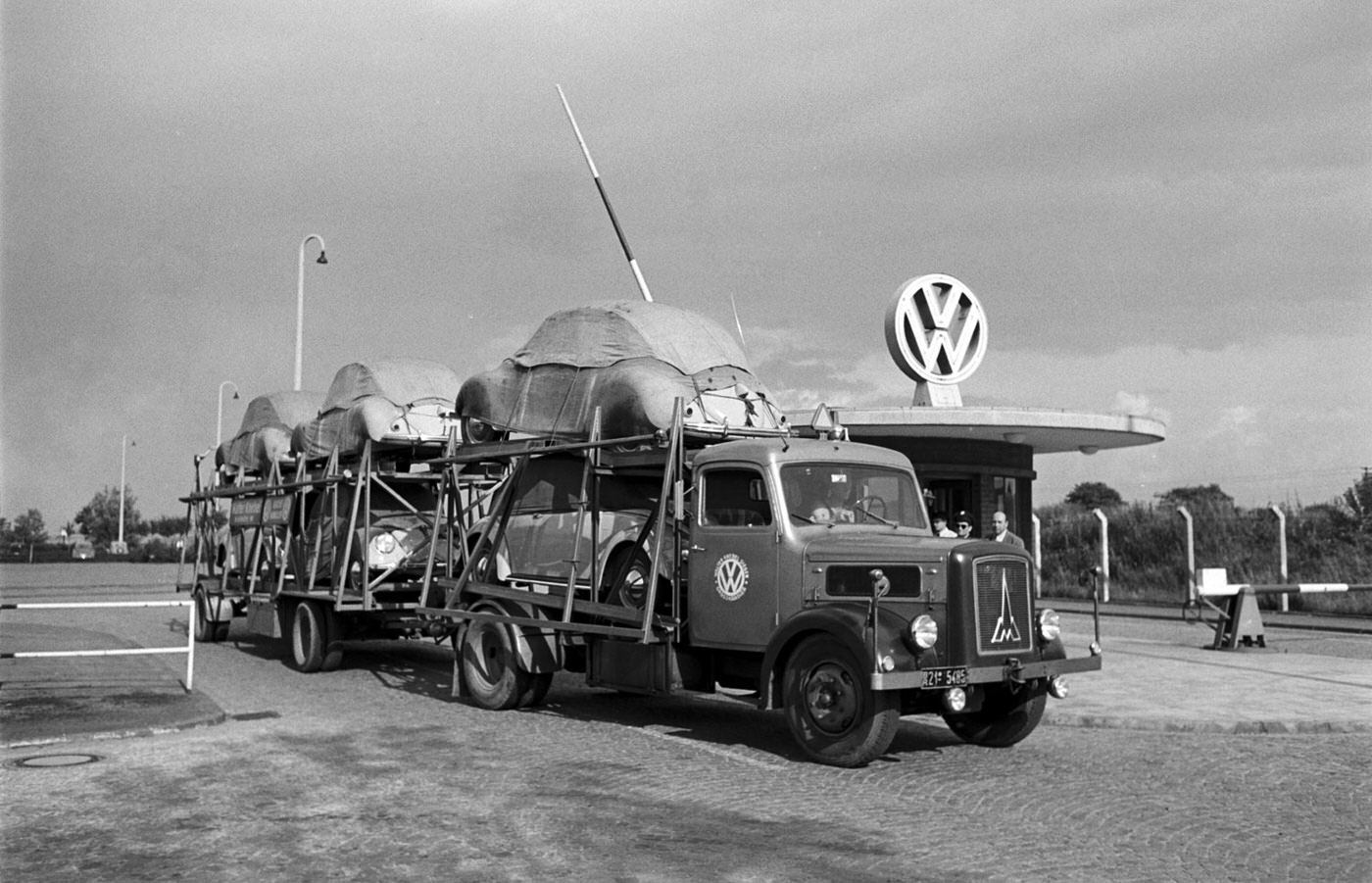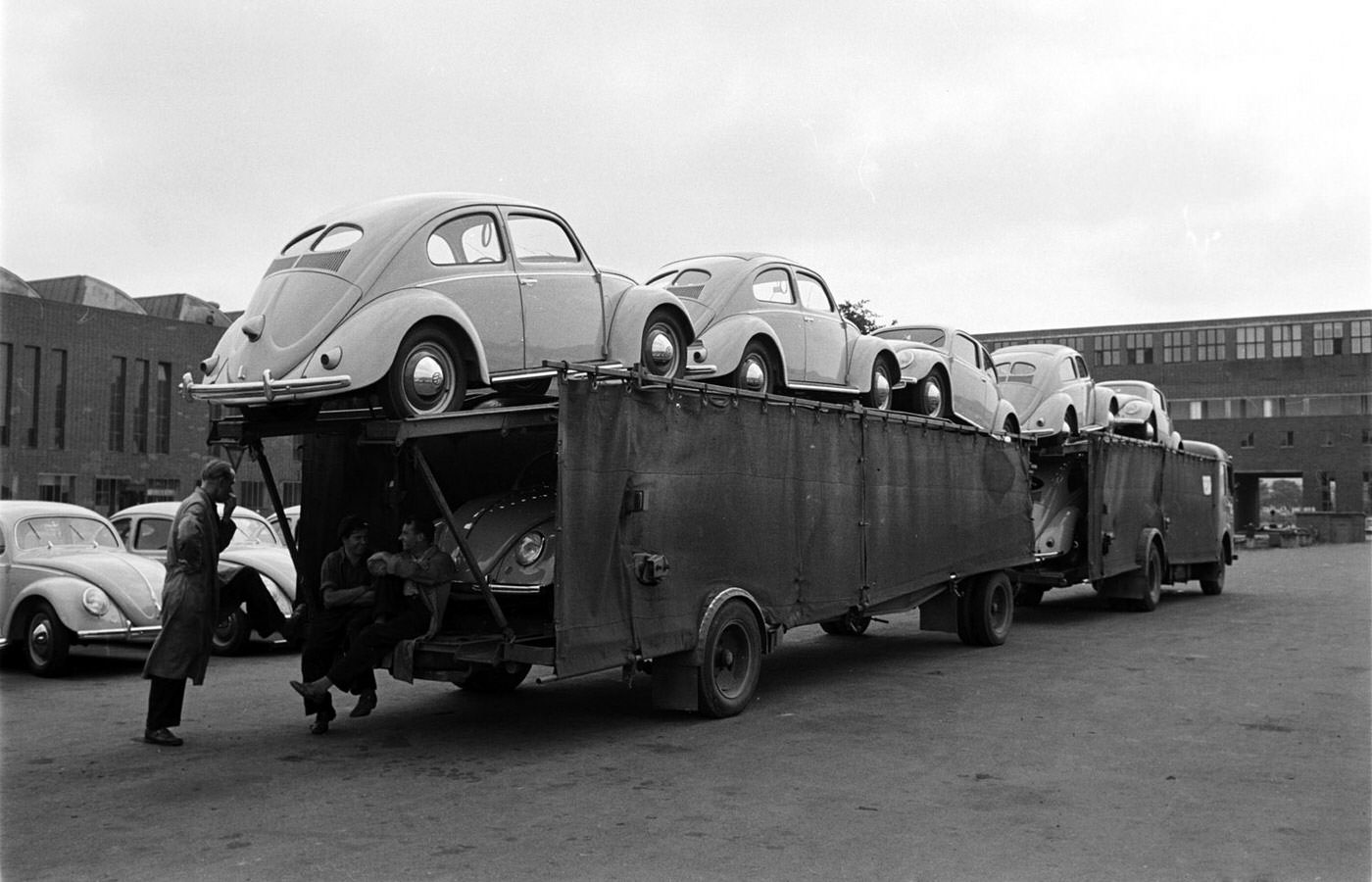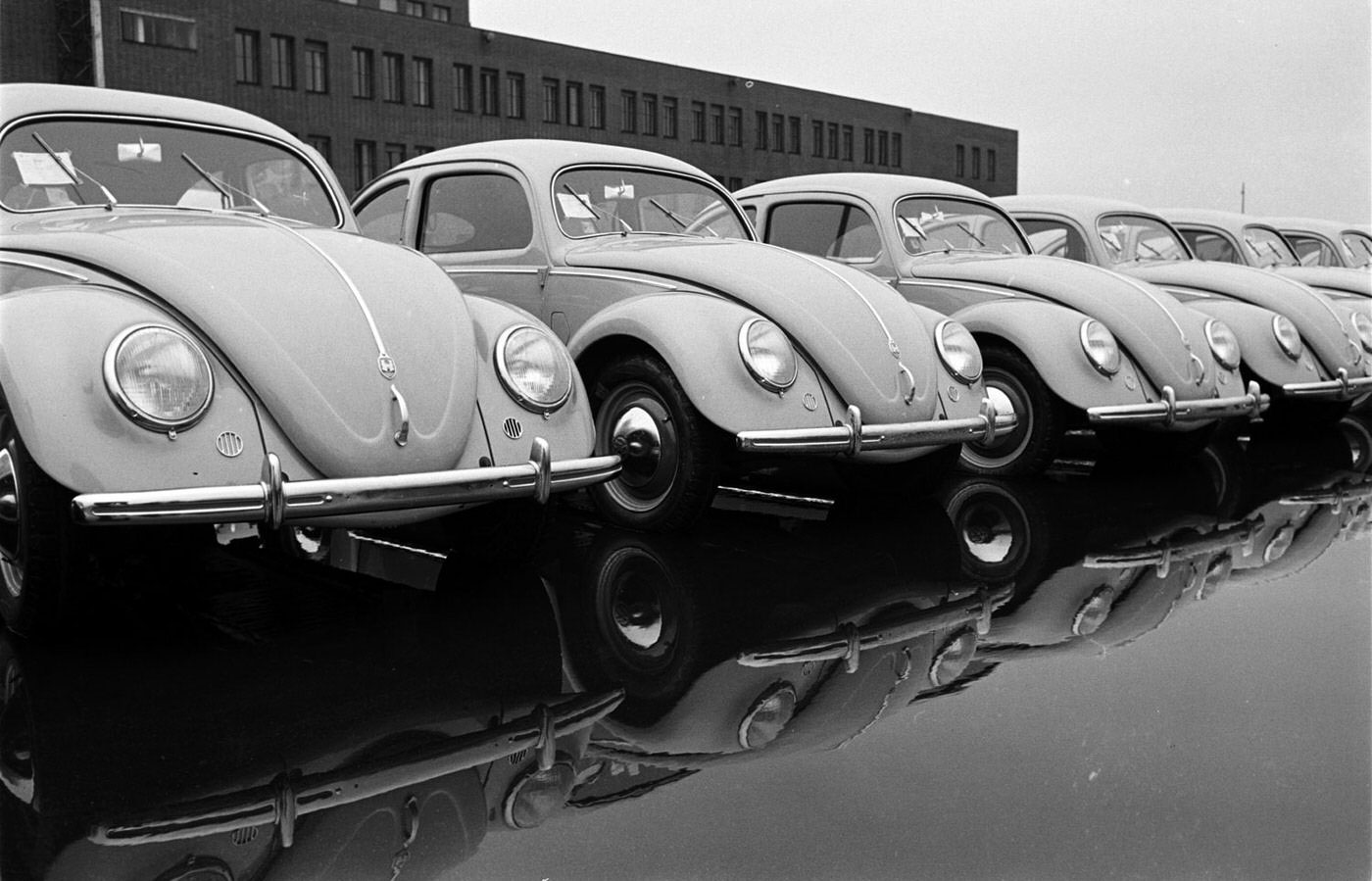The main Volkswagen factory sits in the city of Wolfsburg, Germany. By 1951, just six years after World War II had ended, this large industrial plant was actively producing vehicles. This period marked an important phase for Volkswagen and for Germany itself as it recovered from the war.
Across Germany, people and industries were focused on rebuilding. The Wolfsburg factory played a role in this national reconstruction effort. The work happening inside its walls was a sign of the country getting back on its feet and restarting its manufacturing capabilities.
The main vehicle being produced at Wolfsburg during this time was the Volkswagen Type 1, better known worldwide as the Beetle. The factory operated using assembly lines, a method where cars moved progressively through different stages of construction. Both human workers and specialized machinery were essential parts of this process. Around this time, production of the early, split-windshield VW bus (Type 2) was also beginning.
Read more
In 1951, LIFE magazine sent photographer Walter Sanders to capture images of the Wolfsburg plant. Sanders had personal experience with Germany’s recent history, having left the country himself when the Nazis were in power. His assignment was to document the operations within this significant German factory.
Walter Sanders’ photographs from that visit show the factory environment and the workforce. Viewers can see German workers engaged in various tasks along the production line. The black-and-white pictures recorded the machinery used, the parts being assembled, and the vehicles nearing completion. These images serve as a visual record of the labor and mechanization that were driving Germany’s industrial rebirth. They showed a nation concentrating on production.


